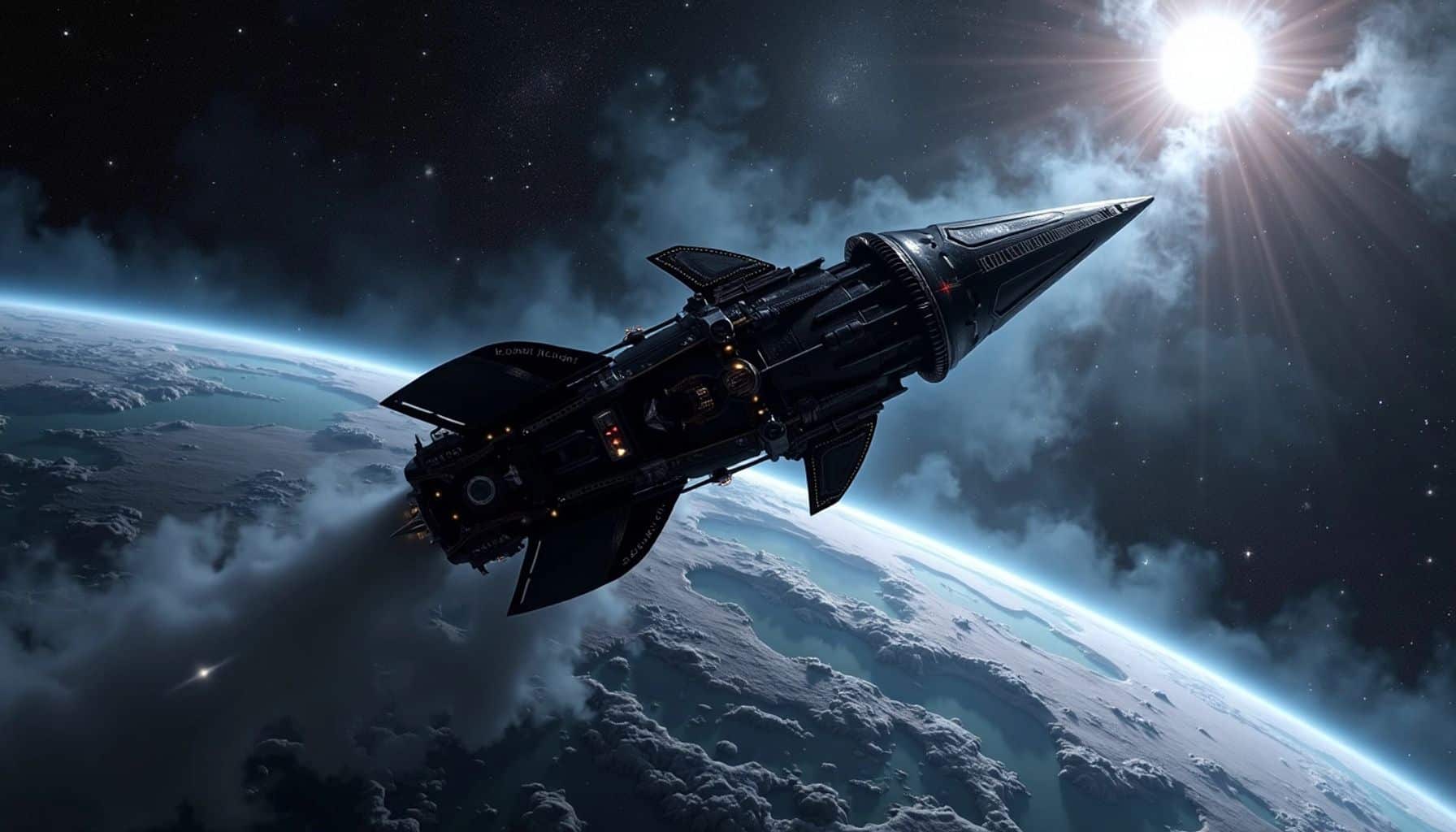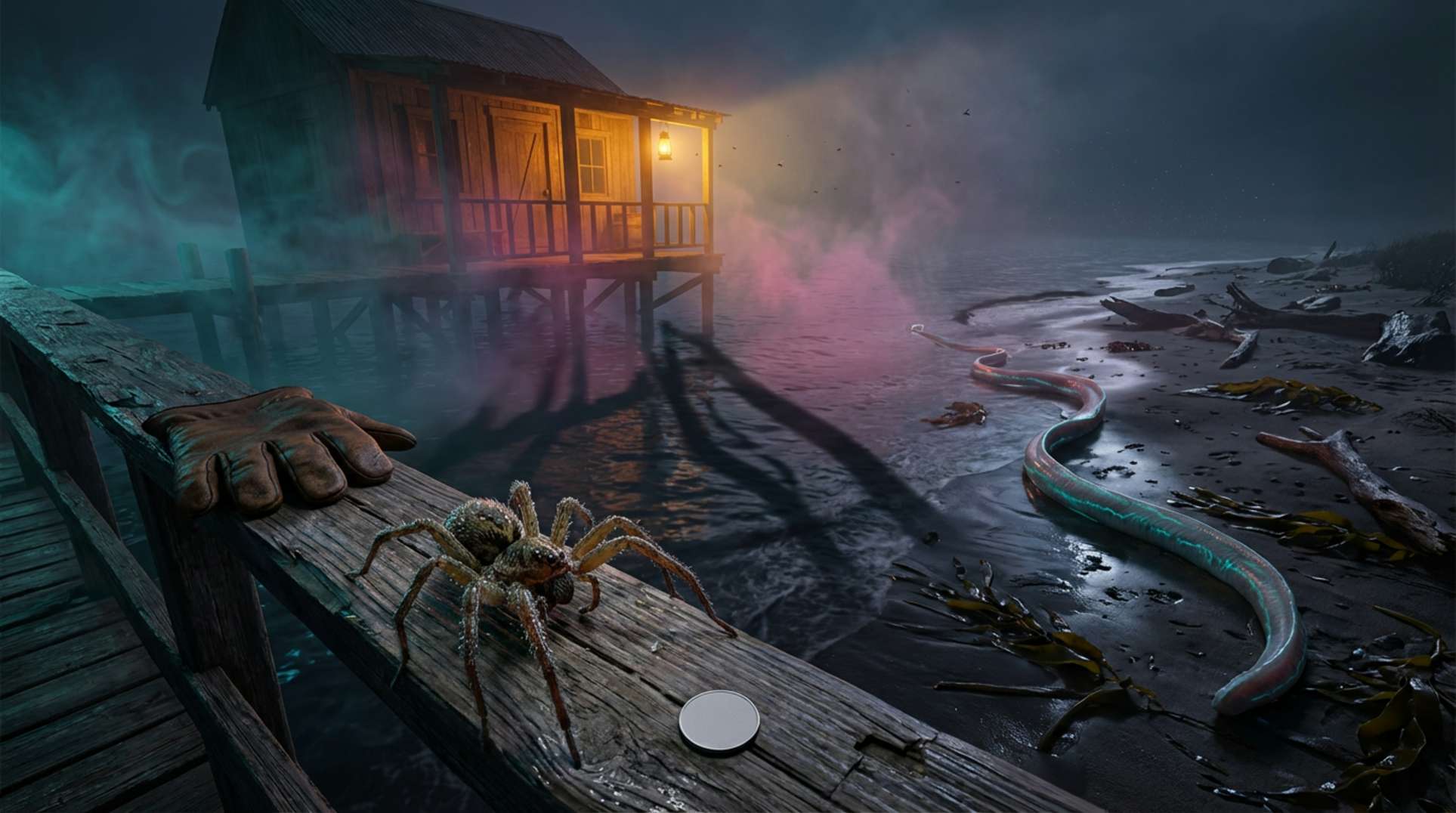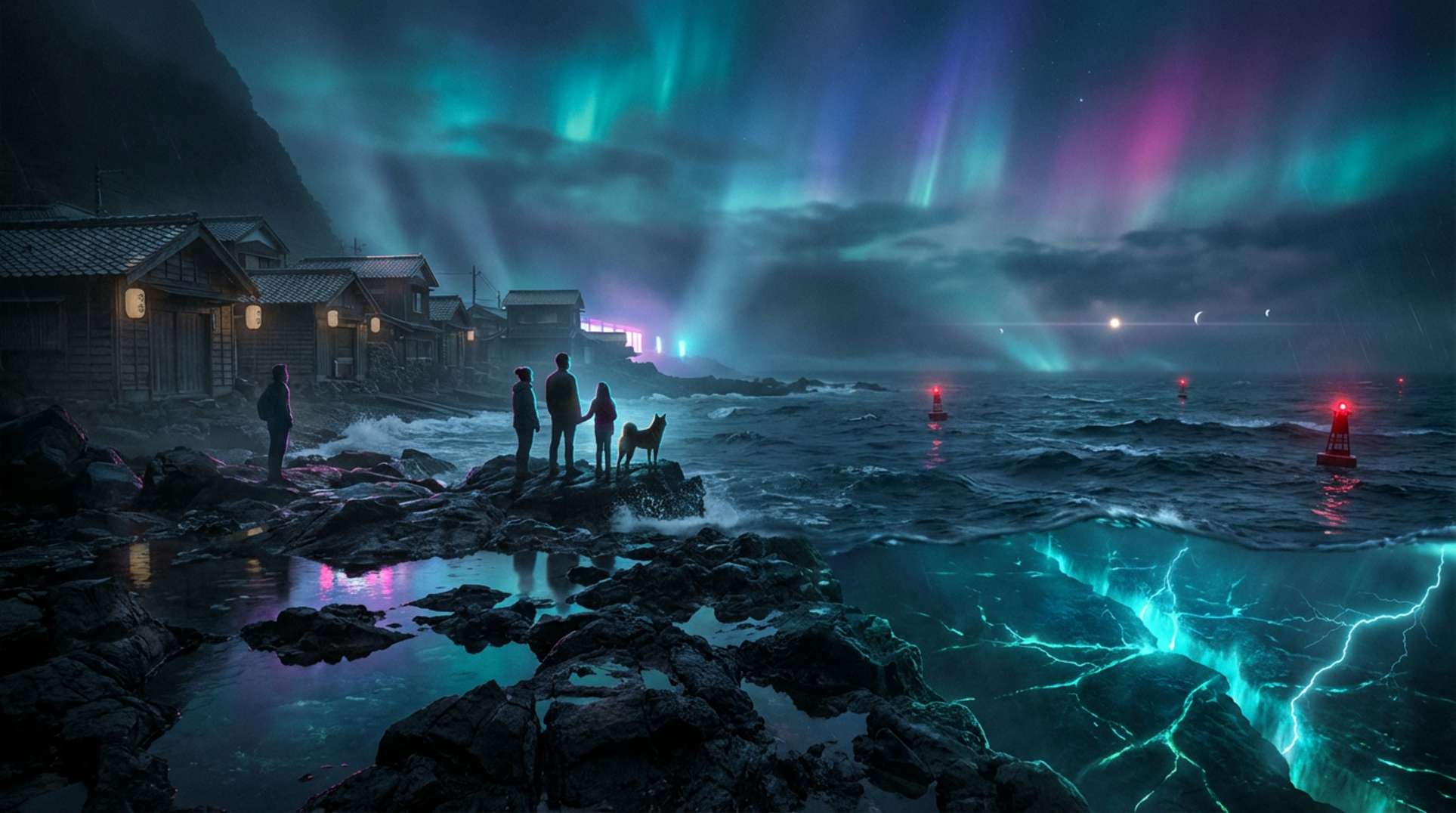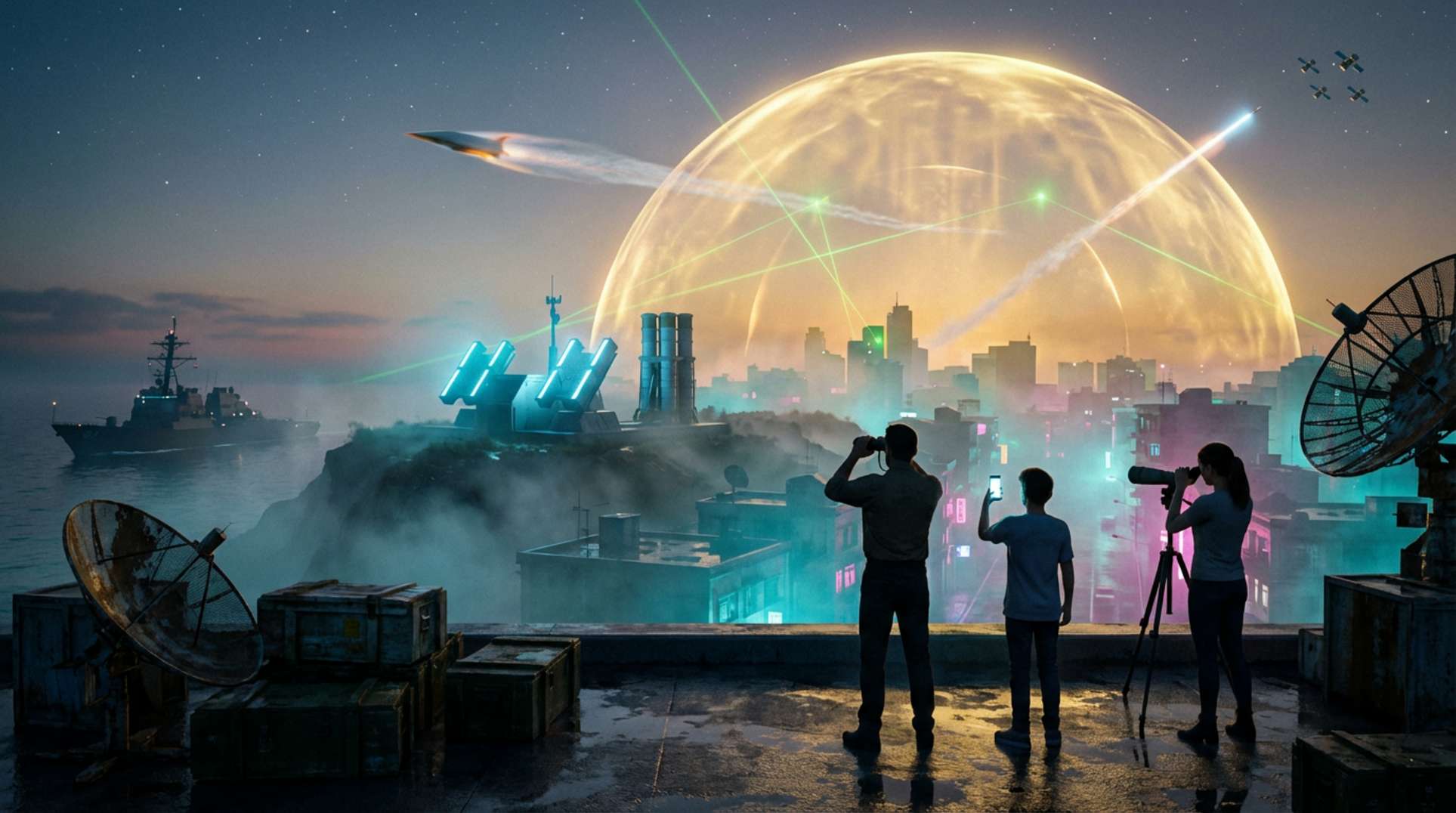In 1998, during the first Space Shuttle mission to the International Space Station, NASA captured a photograph of a strange black object orbiting Earth. This mysterious object, known as the Black Knight Satellite, has intrigued scientists and conspiracy theorists alike for decades. Its origins and purpose remain shrouded in mystery, making it one of the most captivating enigmas in space exploration.
Key Takeaways
- The Black Knight Satellite has been observed since 1899.
- Nikola Tesla believed he received signals from it, thinking they were from aliens.
- The object has been referenced multiple times throughout history.
- NASA’s 1998 photo reignited public interest in the satellite.
- Theories about its origin range from alien technology to space debris.
The Origins of the Black Knight Satellite
The story of the Black Knight Satellite begins with Nikola Tesla in 1899. While conducting radio experiments in Colorado Springs, Tesla reported receiving strange signals from space. He believed he was making contact with extraterrestrial beings. In an article for Collier’s Weekly, he expressed his conviction that he was the first to hear greetings from another planet.
Echoes Through Time
Fast forward to 1927, when civil engineer Jorgen Hals noticed peculiar radio signals echoing back to him shortly after transmission. This phenomenon, known as long delayed echoes (LDE), further fueled speculation about the existence of the Black Knight Satellite. In 2013, researcher Duncan Lunan suggested that these echoes might be linked to an object orbiting the moon, possibly dating back 13,000 years.
The Space Race and Unidentified Objects
By 1960, both the US and USSR were competing in the Space Race. On February 11, radar operators detected an unidentified dark object tumbling in orbit. This object was not linked to either superpower, raising eyebrows and sparking curiosity. The media reported on this anomaly, describing its unusual orbit and speed.
Astronaut Sightings
In 1963, astronaut Gordon Cooper claimed to have seen a greenish UFO during his Mercury 9 flight. Despite NASA’s insistence that Cooper’s electronics malfunctioned, his credibility as a seasoned astronaut made his claims hard to dismiss. The Black Knight Satellite’s presence seemed undeniable.
The 1998 NASA Photo
The intrigue surrounding the Black Knight Satellite reached new heights in 1998 when astronauts aboard the Space Shuttle Endeavor captured images of a mysterious object during their mission to the International Space Station. The object bore a striking resemblance to the Black Knight, reigniting public interest and speculation.
Theories and Speculations
Despite NASA’s claims that the object was merely a thermal blanket lost during the mission, many remain skeptical. The blanket was said to have a silver side and a black side, but the object’s trajectory and speed raised questions. How could such a fast-moving object be captured in high-quality photos?
The Name That Haunts
The name Black Knight has been associated with various projects and theories over the years. From the UK’s Black Knight rocket program to various conspiracy theories, the name has become synonymous with mystery. The multitude of stories surrounding the Black Knight only adds to its allure.
Conclusion: What Was It?
The Black Knight Satellite remains an enigma. Was it an alien spacecraft, a piece of space debris, or something else entirely? The truth may never be fully uncovered, but the fascination with this mysterious object continues to captivate minds around the world. As we explore the cosmos, the question lingers: what secrets does the Black Knight hold?




